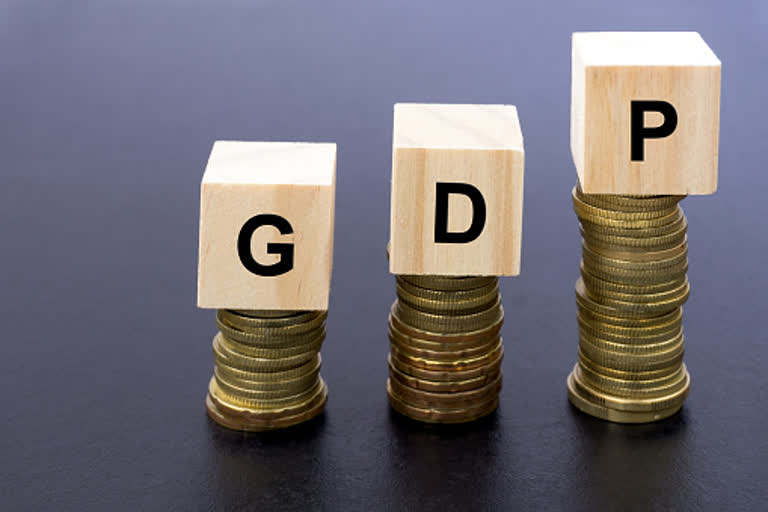New Delhi: With most indicators pointing to weak domestic demand and tepid investment climate, India's gross domestic product (GDP) is expected to slip further in the April-June quarter of current fiscal.
Ahead of the official release of GDP numbers, most research firms have predicted muted growth in the previous quarter and have revised downward their forecast for FY20.
Cutting down FY20 GDP growth to 6.7 per cent (six-year low) from its earlier forecast of 7.3 per cent, India Ratings and Research (Ind-Ra) on August 28 said that the current fiscal would be the third consecutive year of subdued growth. It attributed the lacklustre performance primarily to a slowdown in consumption demand, delayed monsoon, decline in manufacturing and rising global trade tensions affecting exports.
"Even on a quarterly basis, 1QFY20 is expected to be the fifth consecutive quarter of declining GDP growth as Ind-Ra expects it to come in at 5.7 per cent," the Fitch Group firm said in its report.
Read more:Currency in circulation soars 17% to Rs 21.1 lakh crore in FY19: RBI
Other firms too have presented equally negative outlook of the economy. Moody's Investors Service sees India growing at 6.4 per cent in FY20 as domestic and external headwinds would persist over the year.
A Goldman Sachs report a few days back said that the current slowdown has lasted for 18 months as of June 2019 -- making it the longest episode since 2006. It further said that policymakers have acted to mitigate the current slowdown but policy responses seem less aggressive compared with earlier episodes, with fiscal restraint so far.
The government had on August 23 announced a slew of measures to boost the economy and lift investor sentiment. Among the measures, steps included roll-back of enhanced surcharge on foreign portfolio investment (FPIs) and upfront transfer of Rs 70,000 crore for recapitalisation of public sector banks to give them firepower for lending.
Ind-Ra Principal Economist Sunil Kumar Sinha believes these measures would support growth only in the medium term. He, however, expects GDP growth to recover to 7.4 per cent in the second half the current fiscal mainly on account of the base effect.
Most lead indicators such as car sales, core sector data, jobs and services growth suggest the Indian economy is in the grip of a slowdown. It is increasingly becoming a challenging task for the government to put the economy in high growth orbit to realise its potential of 8 per cent annual growth on a sustained basis.
What is Gross Domestic Product (GDP)?
GDP is the final value of the goods and services produced within the geographic boundaries of a country during a specified period of time. It is considered as one of the key indicators of the economic health of a country.
The gross domestic product, the broadest gauge of economic health, advanced at a moderate 2% annual rate in the April- June quarter in the USA.
China released second-quarter figures on Monday showing that its economy slowed to 6.2% — the weakest rate in at least 27 years, as the country’s trade war with the U.S. took its toll. From April to June, China’s economy grew by at 6.2%.



